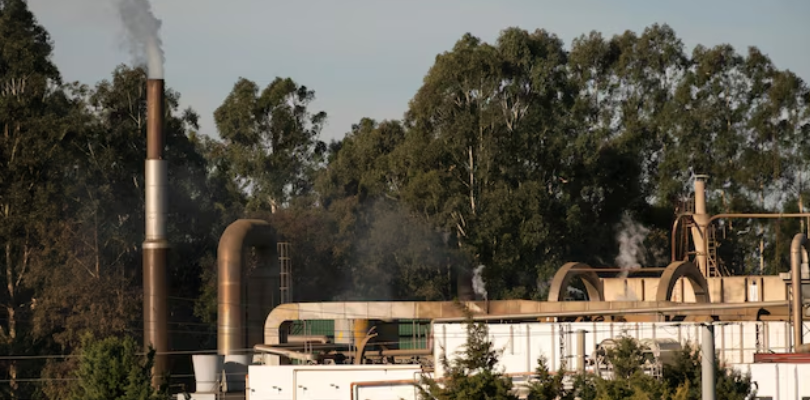
Understanding Biomass Pyrolysis: Process, Benefits, and Applications
Biomass pyrolysis is a method of decomposing biomass into high-added-value products, biochar, bio-oil, and synthesis gas through the use of heat in the presence of little or no air. This process in the thermal decomposition approach not only offers solutions for utilizing biomass waste thoroughly but also enables solutions for sustainable energy. Enviropol is one of the leading organizations that has been working on environmental & energy solutions and has developed various technologies for the biomass pyrolysis process.
The Biomass Pyrolysis Process
Biomass pyrolysis is a thermochemical conversion technique of employing heat on organic materials, including wood, agricultural, and municipal solid wastes, at temperatures of 400–600 degrees Celsius under restricted oxygen availability. The main function of pyrolysis is to decompose the large molecules of organic matter to produce an end product known as biochar, bio-oil, and syngas, all of which have their uses.
• Biochar is a carbonaceous product that can be employed for soil conditioning, carbon storage, and as an industrial adsorbent.
• Bio-oil is a liquid fuel, which can be upgraded for use in engines or converted further to other products.
• Syngas that are methane, carbon monoxide, and hydrogen can be used for electricity generation or as a raw material for chemical and fuel production.
Pyrolysis is mostly conducted in units or containers called pyrolysis units or retorts. These systems must be designed to regulate and moderate temperature around the sample strictly and make sure that the oxygen concentration in the system is low enough so that pyrolysis occurs and not simple combustion, which is wanted in pyrolysis samples.
Benefits of Biomass Pyrolysis
1. Waste Reduction: There are many benefits of biomass pyrolysis, but one of the most important is the possibility of the transformation of waste biomass into valuable products. This assists in cutting down the load of waste management while at the same time introducing rechargeable means.
2. Renewable Energy Production: By the production of syngas and bio-oil, biomass pyrolysis can therefore produce electricity, heat, or energy that can replace the traditional sources of energy.
3. Carbon Sequestration: Carbon resulting from the biochar substrate used during the pyrolysis process remains locked up for the long term. When applied to the soil, it may assist in combating climate change because it stores the carbon in the soil for hundreds of years.
4. Environmental Impact: Biomass pyrolysis disposal is relatively cleaner as compared to other conventional waste disposal methods such as landfilling and incineration. Compared to other formations, it produces little emissions and forms solid residues that are made useful for the soil.
5. Value-Added Products: Biochar, bio-oil, and syngas, which are produced from biomass pyrolysis, have many uses across sectors such as agriculture and energy, among others, hence adding more value to biomass waste.
Applications of Biomass Pyrolysis
1.Biochar and heat/steam production- due to pyrolysis, biomass cleanliness wood is converted to functional biochar (soil nutrient, bioremediation product, filtration material, and more). Also, it is possible to convert the generated energy into useful heat for use in drying crops or produce steam for manufacturing processes or other kinds of energy.
2. Sewage sludge carbonization- Pyrolysis of dry sewage sludge at low or medium temperatures results in a sterilized, smell-less, and storage-stable product that in turn can be utilized as a renewable energy material.
3. From plastics to oil- Plastic waste is an energy-dense material that can be converted into high-value syngas and oil. Syngas is a gaseous fuel composed of molecules (Methane, Ethane, Hydrogen, and others) from which the required energy in the form of steam, heat, and electricity after removal of impurities can be obtained conveniently. Pyrolysis oil is a high-calorific liquid hydrocarbon product compatible with further use in many industries.
Conclusion
Biomass pyrolysis is therefore an innovative positive waste-to-energy solution with environmental, economic, and agricultural value. The renewable energy sector relies on support and the right technology to realize these benefits, which makes Enviropol a critical player in the Indian renewable energy market.
